Artemisia the Huntress’ Dream & Protection Herb
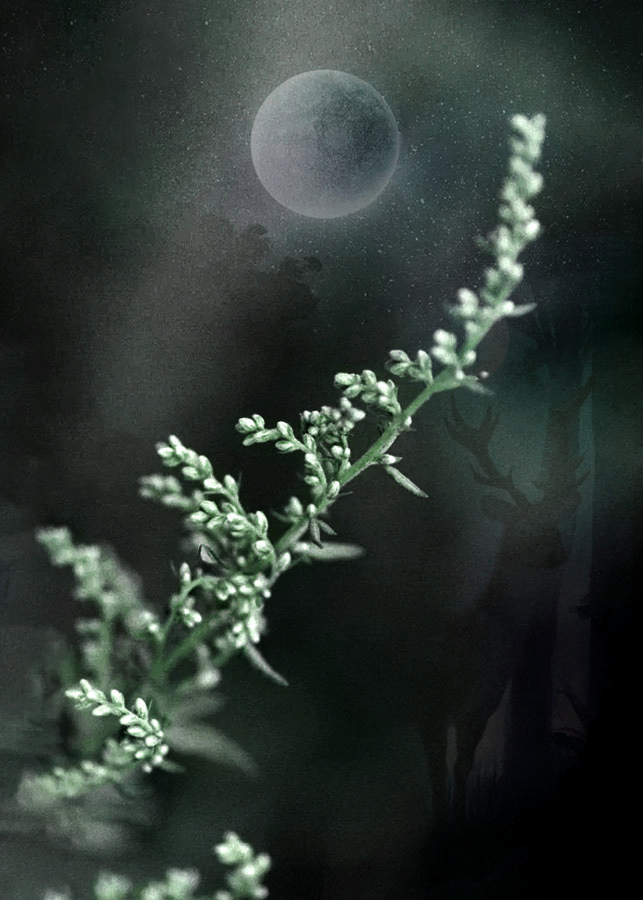
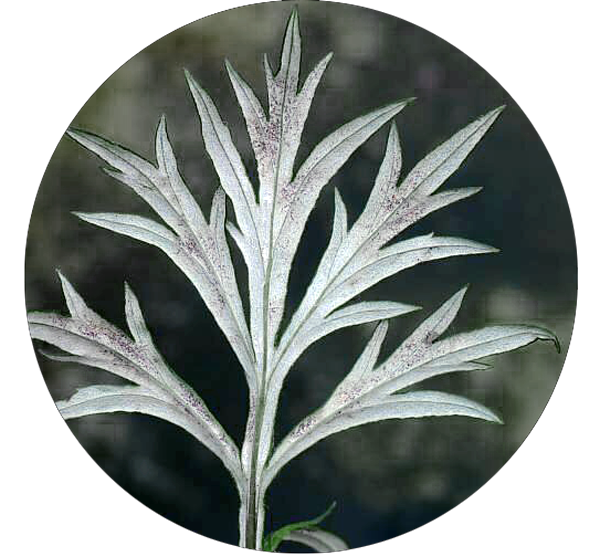
A guardian, dreamweaver, and healer.
Protection
Purification
Sleep Remedy
Oneirogenic
Nervine Tonic
Womb Support
Digestive Aid
Artemisia
Common varieties known as
Mugwort, Wormwood, & Tarragon
Named after the goddess Artemis, Artemisia has a strong warrior spirit. It guards the forests making a home along woodland edges and meadows. Originating in Europe and East Asia, it became a potent healer for many of our ancestors. Its resilience and ability to thrive in diverse landscapes encouraged it to flourish in many regions, eventually naturalizing across the northern hemisphere, where it can be found in abundant populations. It’s tolerant to drought, poor soil, and extreme temperatures – hence its dominance throughout the north.
Today, Artemisia has taken on a bad rap as a relentless weed easily found on roadsides, but to our
Guardian
of the Hunt

The Huntress’ dream-enhancing & sheilding herb.
MYTHIC
CHARACTER
ELEMENT
Earth
POLARITY
Positive (Yang)
INNER GUIDE
Intuition
CELESTIAL
Venus
ARCHETYPE
The Huntress
ASSOCIATIONS
Dreams
Visions/Prophecy
Fertility
Purification
Protection
Astral Projection
Psychic Sensitivity

All varieties of Artemisia are named after the powerful deity Artemis, an aspect of to Potnia Theron, “Mistress of the Animals,” a Paleolithic motif that spread throughout cultures. Artemis is the goddess of the wilderness, the herbalist, the midwife, the protector of cyclical beings, the guardian of liminal spaces, and most notably, the huntress. She is an untamed wild woman who runs free with the wolves, known as the Mother of all Creatures, and bound to no man. She has become famous throughout history as the virgin goddess of childbirth who protects mothers and the young, even though, seemingly contradictory, she heads the hunt.
The Roman goddess Diana, Norse goddess Skaði, Slavic goddess Devana, Finnish goddess Mielikki, and Navajo goddess Hastseoltoi share aspects of the Huntress archetype.

PLEASE NOTE
I do not support worshipping deities or anything outside of yourself. I speak to Artemis/The Huntress as an archetypal figure in this particular realm, and how Artemisia’s spirit embodies many of its aspects. Use the plant Artemisia in a way that resonates with you!
Protection
Artemisia’s protective properties have been recognized in the practices of our ancestors, who adorned their homes with it and carried or wore it as an amulet to guard against ghosts, wild beasts, poison, disease, sunstroke, mental madness, and malevolent forces. Because of its ability to protect, it became beneficial to travelers and picked up the nickname the traveler’s herb.
PURIFICATION
Artemisia’s protective qualities are relied upon and employed when smudging to cleanse a space. The herb is an ecological alternative to overharvested white sage. It is a treasured purifying herb due to its sweet but subtle scent and microbial properties. Traditionally, smudging or burning incense is a common purification method. Science has finally caught up with what many of our ancestors already knew, the herbal smoke of certain antimicrobial plants can kill bacteria (see sources below).
VENUSIAN HERB
The silvery underside of the leaf is soft and luxurious. In the East, Artemisia is known as a beautifying herb and made into a tonic. It is helpful for tonifying, tightening, and healing the skin.
Dream
Sage

ONEIROMANCY
The practice of interpreting dreams. syn. dreamwork
HOW TO USE
ARTEMISIA FOR
DREAMWORK
Teas
Tonics
Hot Baths
Steams
Pillow Sachets
Smoke Blends
Burning Incense
COMMON
MUGWORT
Artemisia vulgaris
is the most common cultivar used for oneiromancy.
Thirteen thousand years ago Artemisia (Artemisia douglasiana) was known as molush or the dream sage by the Chumash peoples of North America. It was used by healers to receive spiritual messages and promote positive dreams. Its reputation as a dream herb isn’t exclusive to the Chumash though, people from around the world have reported improved dream recall, enhanced dream creativity, and even lucid dreaming when ingesting the herb shortly before bed.
In Korean tradition, Mugwort hot baths or steams are taken late at night to promote vivid dreaming. A pillow or dream sachet stuffed with the herb and slept upon is also said to produce the same effects.
Artemisia is considered a portal opener, dissolving the veils created by the synthetic matrix, and enabling exploration beyond our perception in this dimension and density. As a guardian of liminal spaces, Artemisia has the ability to initiate clarity of the dream experience and bring visions and awareness to the dream’s purpose in waking life. It has a history of being used to protect against nightmares and negative dream experiences. The dried leaves are often smoked or drunk as a tea to promote its oneirogenic effects which are believed to be due to its aromatic and sedative properties.
RELATED POST: Oneirogenic Herbs for Dreamwork
ASTRAL PROJECTION
Placing Artemisia next to your bedside, consuming it, or using it as incense is thought to facilitate astral projection and amplify psychic sensitivity. Personally, I think lucid dreaming is a much safer method of exploring as it is an inward practice rather than an outward practice, but to each their own!
Wild
Medicine
Artemisia is a warming and drying herb. It heats up the body making it useful in addressing conditions associated with coldness. Its drying properties prove beneficial in moderating and mitigating excessive moisture or dampness within the body.
NERVINE
Artemisia’s warming quality is thought to have a soothing and calming effect on the nervous system, functioning as a nervine. By enhancing circulation and encouraging relaxation, it is believed to effectively reduce bodily tension, alleviate stress and anxiety, and foster restful sleep. The herb’s aromatic qualities are often turned to for their potential to induce a sense of tranquility in the nervous system when inhaled.
DIGESTIVE AID
As a bitter herb, Artemisia is known for supporting the digestive system. The bitter compounds in the leaves give it choleretic properties, which means that it aids liver function and bile secretion. When your body produces enough bile, you digest better (particularly fats) and can also absorb more nutrients from food. The stimulation of the production of digestive juices, aids in the alleviation of stomach upsets, addresses issues like diarrhea and constipation, combats nausea, and enhances appetite.
MOXIBUSTION
In traditional Chinese medicine (TCM), Moxibustion is an acupuncture therapy technique involving the burning of Artemisia, known as moxa. The purpose of moxibustion is to stimulate the flow of Qi (pronounced chee), our life energy. Leaves are dried and ground into small pieces which are lit and used to warm the running points of your body and relieve specific conditions. Many report feeling a sudden flooding of warmth that quickly radiates throughout the body. Moxibustion tends to be beneficial in cases where the disease results from cold pathogens or a qi yang deficiency.

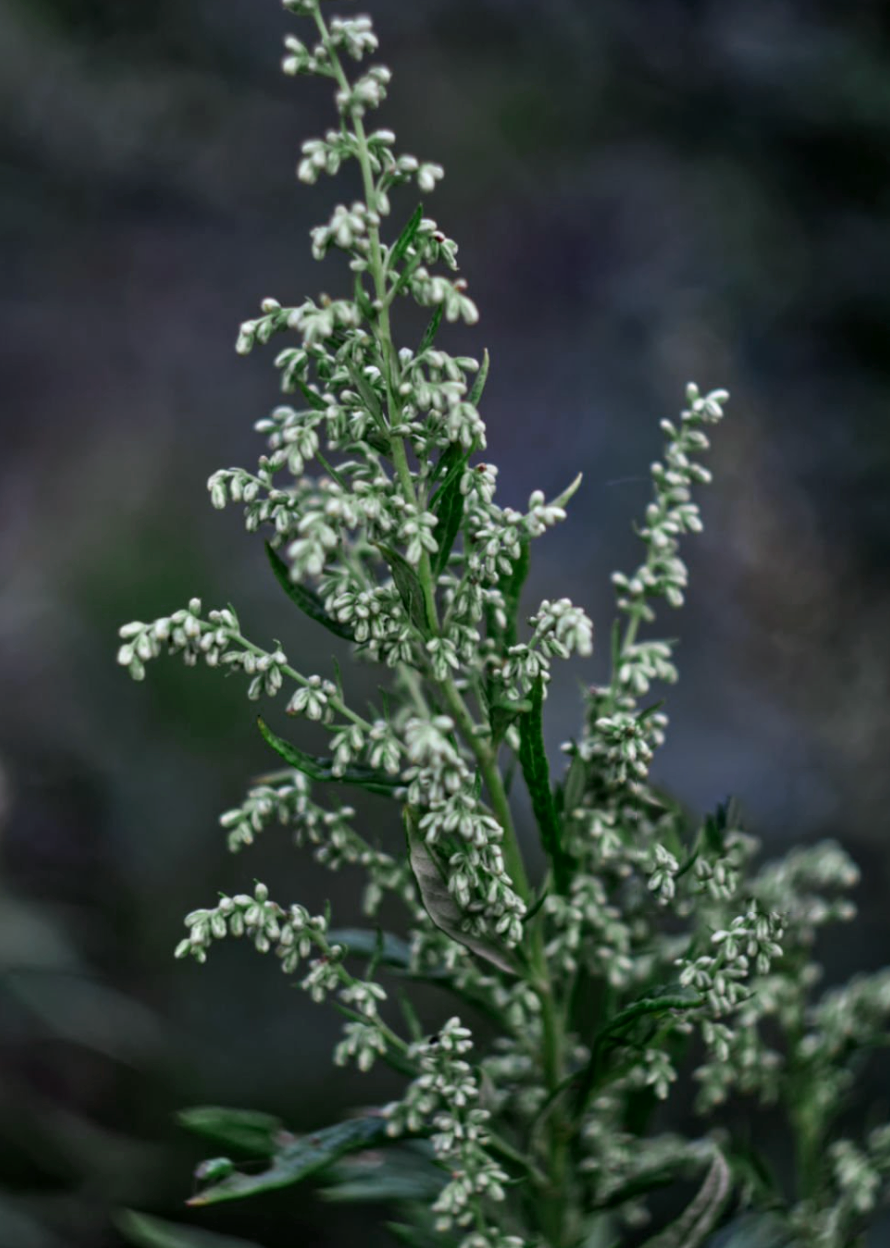
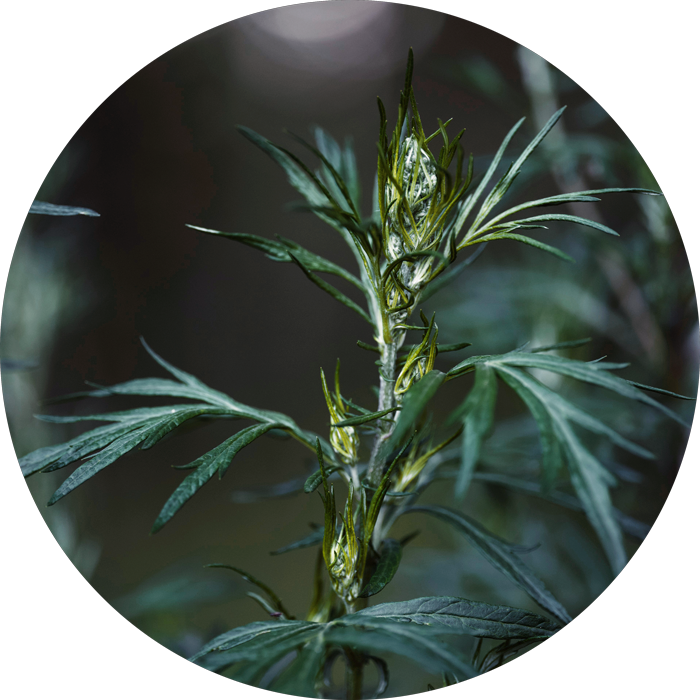
HEALING
PROFILE
ENERGETICS
Warming
Drying
Calming
FLAVOR
Bitter
AROMA
Aromatic
INDICATIONS
Mental Exhaustion
Anxiety
Muscle Tension
Insomnia
Indigestion
Poor Appetite
Nausea
Menstruation Irregularities
Menopausal Symptoms
Infertility
Congestion
Acute + Chronic Pain
Headaches/Migraines
Organ Prolapse
PARTS USED
Leaves
CAUTION
Avoid mugwort in all forms during pregnancy and breastfeeding, as it may stimulate uterine contractions and could pose risks to maternal and fetal health.
Wombspace
Legend tells that Artemis overcame obstacles immediately after her birth. Her mother, the beautiful, cloaked in black Titaness Leto, was prohibited by Hera, Zeus’s wife, from giving birth on any land.


Hera, jealous of Zeus and Leto’s extramarital affairs (although I would say Zeus most likely raped her) sent the she-dragon, Python, after Leto during her labor with twins. Luckily for Leto, she found a secluded island, and the birth of her first child, Artemis, was fast without any pain. Artemis was born full grown, as gods often are.
Hera, jealous of Zeus and Leto’s extramarital affairs (although I would say Zeus most likely raped her) sent the she-dragon, Python, after Leto during her labor with twins. Luckily for Leto, she found a secluded island, and the birth of her first child, Artemis, was fast without any pain. Artemis was born full grown, as gods often are.

As Leto’s labor continued, she was in great danger. The newborn Artemis took on the role of the midwife and helped birth her twin brother Apollo and defended her mother against Python.

Artemisia encourages smooth transitions through physical cycles like menstruation, childbirth, and menopause. It was commonly thought one of the ways in which the goddess Artemis relieved birth pains was by gifting women the herb.
Artemisia mainly works by stimulating circulation in the pelvic region. This is an important part of a healthy cycle and relieves menstrual cramps as an added bonus. In herbalism, it is frequently used as an emmenagogue. Emmenagogues are substances that stimulate or increase menstrual flow. They are used for those with delayed or absent menstrual cycles. Artemisia’s ability to stimulate blood flow made it one of the first forms of birth control. In the medieval world, it became a renowned
Cultivars
Artemisia is a diverse genus of plants with many species. From the aromatic allure of Tarragon (artemisia dracunculus) to the bitter mystique of Wormwood (artemisia absinthe), each Artemisia variety presents a unique facet of the species. Many, like Common Mugwort (artemisia vulgaris), are associated with dreamwork, while others, such as Sweet Wormwood (artemisia annua), hold the promise of powerful medicinal properties.
✶ = known for inducing potent dreams.
✶
Mugwort
Artemisia vulgaris
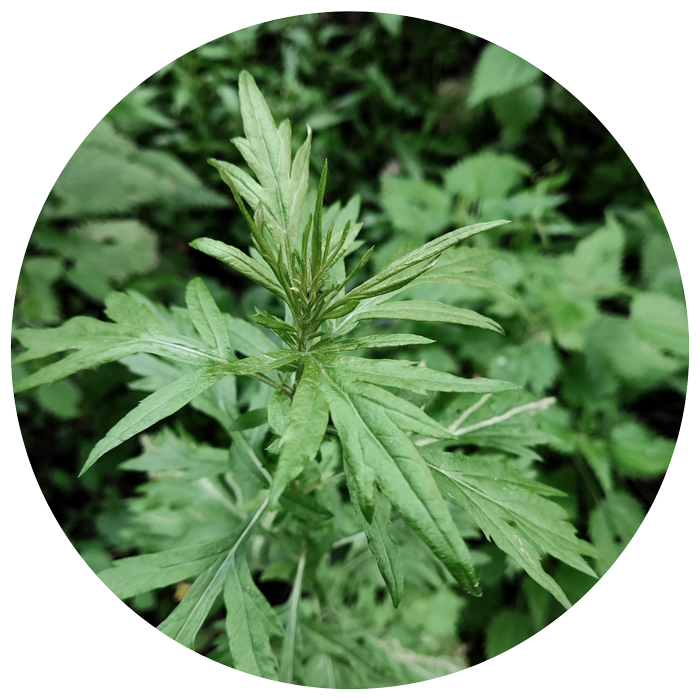
Most common. Known for its potent ability to induce vivid, lucid dreams and medicinal properties.
Tarragon
Artemisia dracunculus
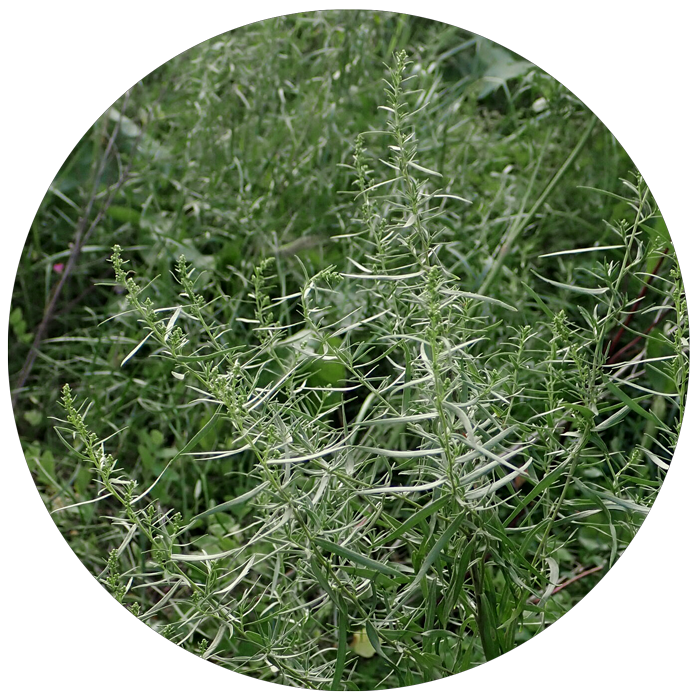
Primarily used as a culinary herb due to its unique licorice-like flavor.
Wormwood
Artemisia absinthe
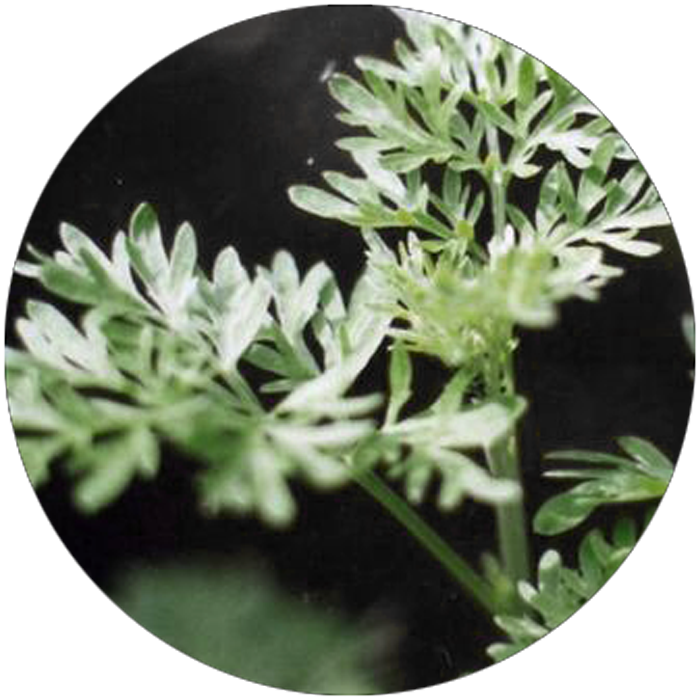
Historically linked to the production of absinthe liquor.
✶
Cali Mugwort
Artemisia douglasiana
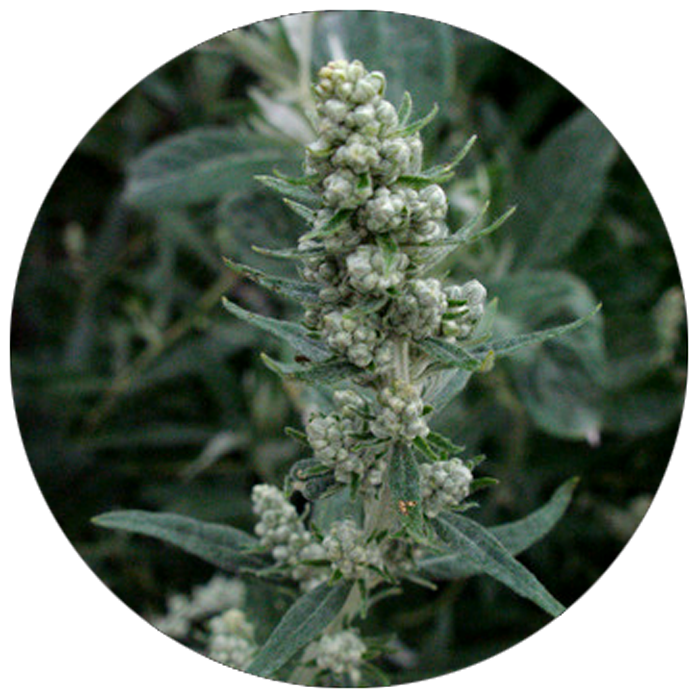
Molush
Native to North America and used for dream-enhancement.
✶
Western Mugwort
Artemisia ludoviciana
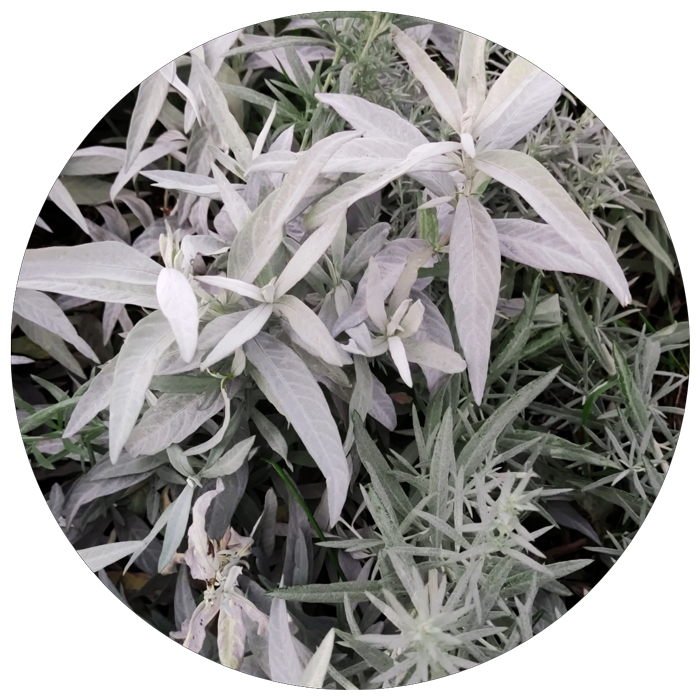
Native to North America and used for dream-enhancement.
Pyrenean Wormwood
Artemisia herba-alba
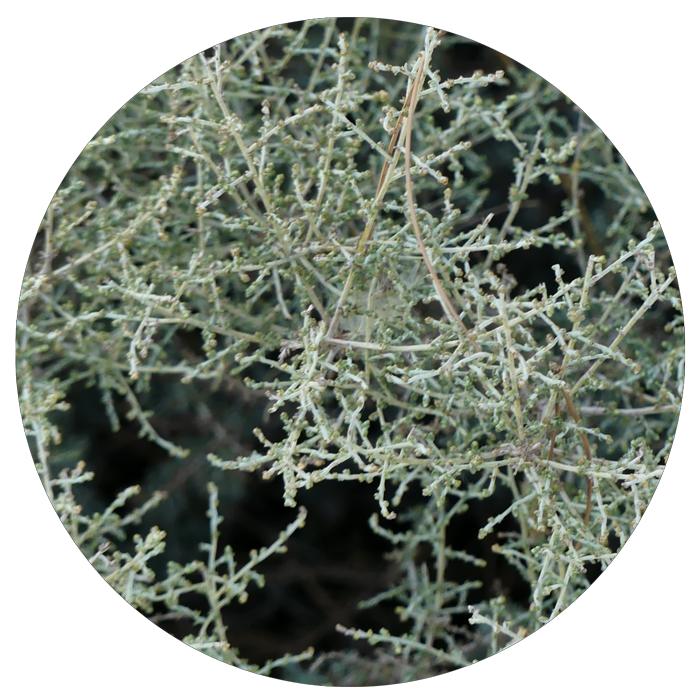
Native to North Africa and the Middle East. Used in smudging rituals for purification and spiritual purposes.
Sweet Wormwood
Artemisia annua
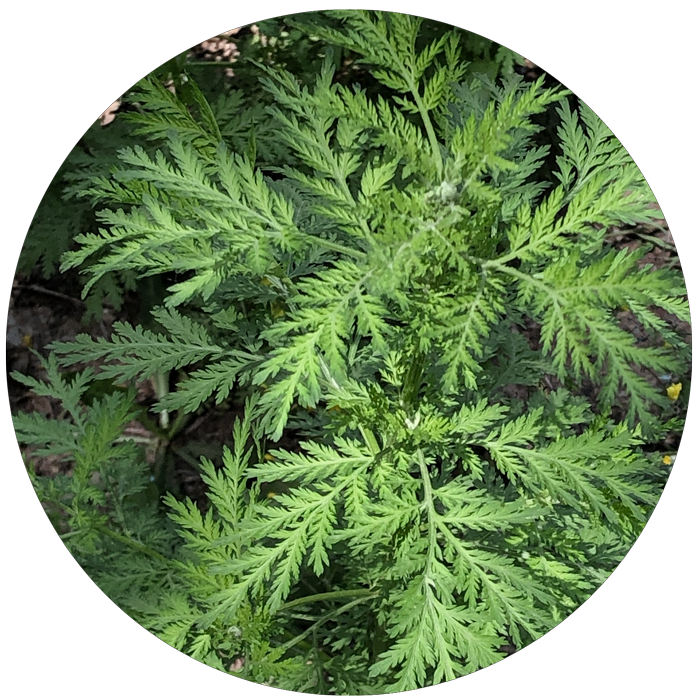
Primarily known for its potential medicinal properties, particularly in malaria treatment.
Chinese Mugwort
Artemisia argyi
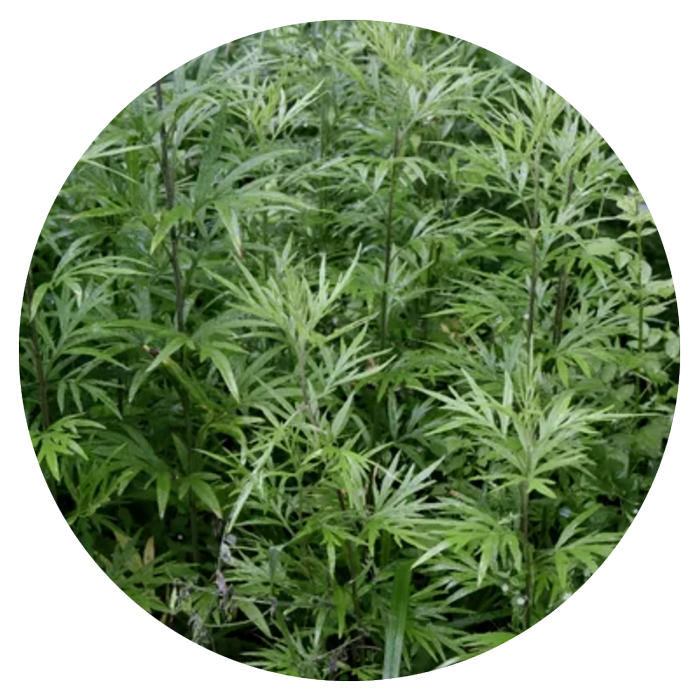
(Ai Ye)
Used in Traditional Chinese Medicine (TCM) for various medicinal purposes.
SOURCES
• Mugwort Lore by Edward A. Armstrong
• Mugwort a Weed with Potential by Rebecca Morris
• Medicinal Smokes by A. Mohagheghzadeh
• The Mythology of Artemis from ephasus.us
• Occult Botany by Paul Sédir
• Plant Witchery by Julia Diaz

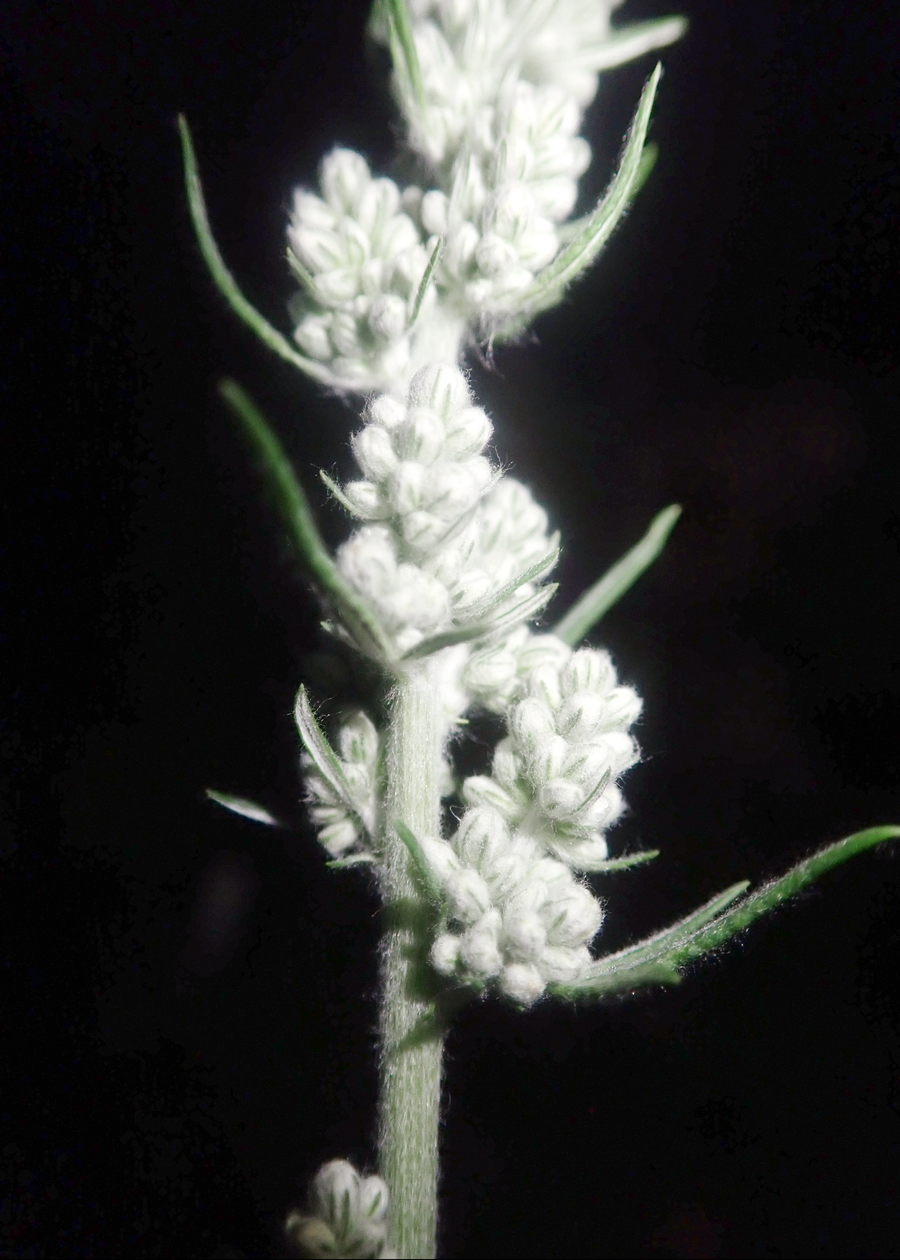

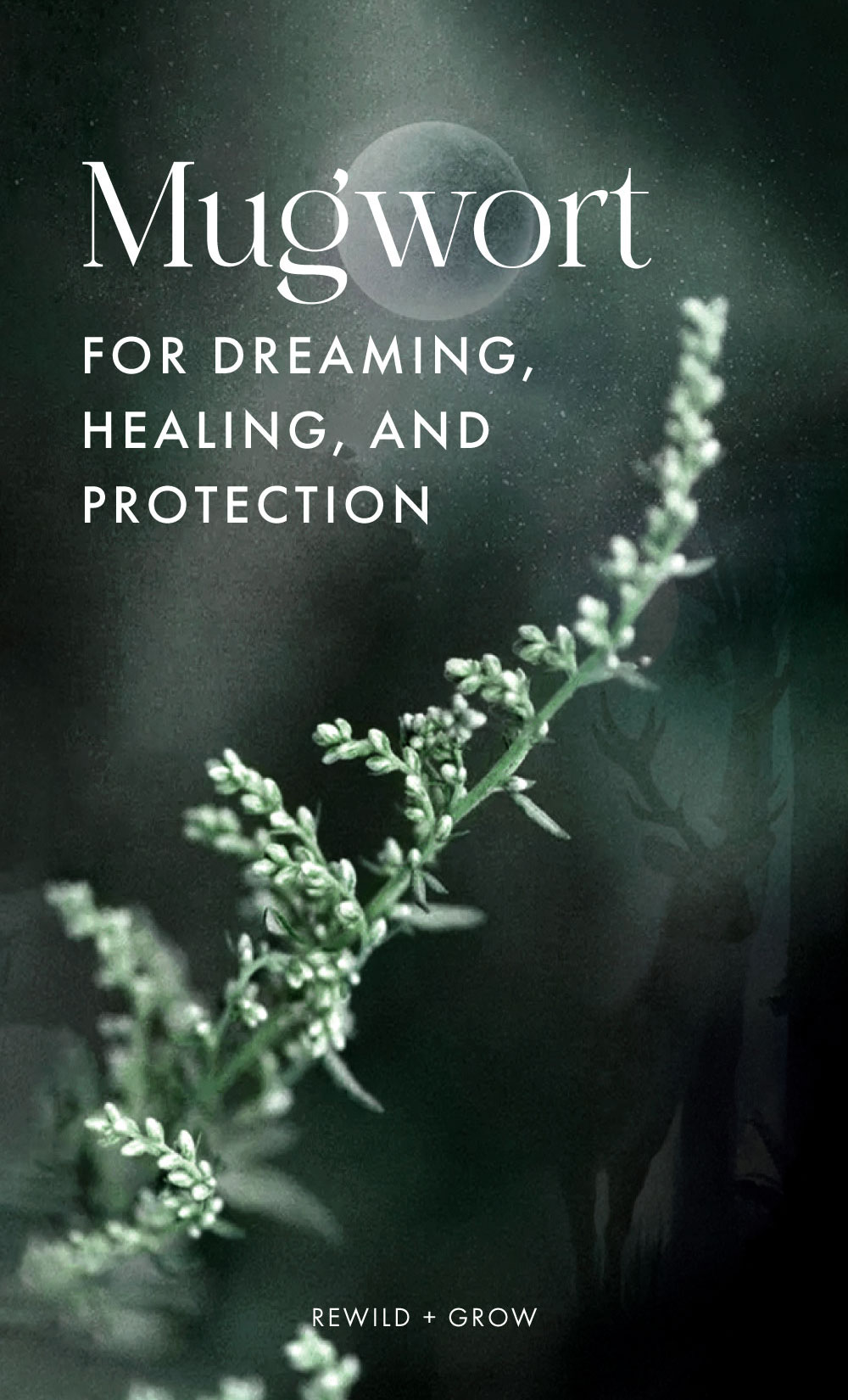


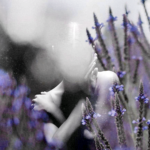
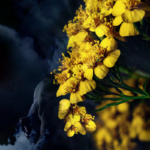

Really appreciated this read and all the detailed symbolism woven throughout. Very thoughtful.